Nearly a year later after stay-at-home orders caused nonessential businesses to close, the nonprofit Art Theatre in Long Beach awaits for the days of nervous first dates and those in search of solace.
As the sole independent, single-screen theater in Long Beach, the Art continues to stand as a testament to the enduring presence of independent thought during its pandemic-induced closure.
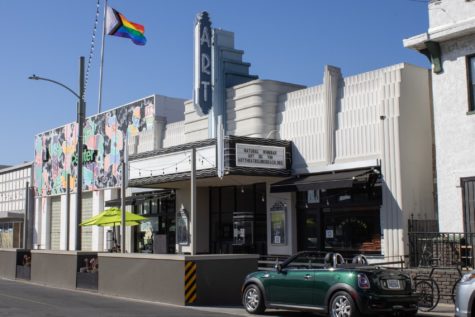
“The Art Theatre has never once made a profit, and I don’t think it ever will,” Jan van Dijs, volunteer, board president and owner of the Art Theatre, said. “It comes close to breaking even every year and it does that because a lot of people work very, very hard just to try to keep it going and I don’t see that enthusiasm fading and I don’t see creative people not making great films.”
Van Dijs said his situation is better than his worst fears in the current coronavirus pandemic state due to community support, grants and Paycheck Protection Program loans. In recent times, Art members gathered for a curbside concession fundraiser.
The theater sold out of its candy, popcorn and merchandise by the end of the fundraiser.
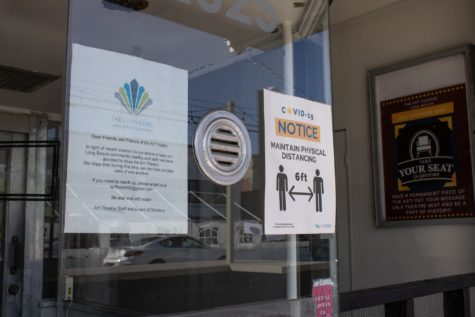
“People don’t want [Art Theatre] to disappear,” Philip Williams, Art Theatre volunteer, said.
As a retired British Airways employee, Williams spends his time volunteering at the Art out of the love for the pictures that the theater shows. The Art Theatre screens films from all across the spectrum of genres, but on a smaller scale.
The Art’s online programming keeps visitors in-the-know, screening films that one would typically see at the Art Theatre like the PJ Harvey documentary “A Dog Called Heaven” and Lance Oppenheim’s “Some Kind of Heaven.”
Van Dijs and other board members help schedule and book films. Before the coronavirus pandemic, visitors would see films like “Portrait of a Lady on Fire,” “Miles Davis: Birth of the Cool” or the theater’s last screening, “Emma.”
Likewise, the theater hosted a screening of the film “A Place at the Table,” a documentary that highlights food insecurity in the United States. Following the showing, a discussion took place among the audience and money was raised in the lobby for a local food bank.
“What’s so important about the Art Theatre in Long Beach is that it’s not just a center for watching art,” Karen Chinn, board member, said. “It’s also for bringing the community together to talk about issues.”
For Chinn, film is an unparalleled artform. It transcends consumption and it becomes a “comradery of strangers in the dark,” a quote from a New York Times article that stuck with her.
While people are fostering their love of film at home, van Dijs and his team of volunteers are preparing for the reopening of a new world. These upgrades include enhanced air filtration, seat blocking for social distancing, a contactless credit card system and more.
“I believe by Oscar season, which starts forming around October 1, I think we’re going to see great films, and I think we’re going to see people coming to arthouses again,” van Dijs said. “I’m an optimist, so I want to believe we’re going to keep our audience and I want to believe when this is over people are going to return to wanting to experience an art form in a public setting.”
Still, he can’t help but return to one question: Will people come back?
The theater’s arthouse roots run deep, and van Dijs credits former owner Howard Linn for the Art standing today.
“Howard Linn willed the theater to survive through a very difficult time,” van Dijs said. “He was the last man standing and he sold us the theater.”

Between the ’70s and ’90s, van Dijs said Linn underwent the tumultuous task of running the Art as the independent theaters around him fell in the quake of multiplexes, home video and Betamax. Single-house theaters began relying on second-run films and re-releases, but they continued to drop like flies.
“They were depending on this little market that existed and technology came in, like it is now, and wiped them out,” van Dijs said. “Howard Linn was unique in that he didn’t go to that market, he was an arthouse from the beginning and he showed art films and he had his core following that was committed to the theater and he showed great films and they supported it. That’s why the Art survived as opposed to all the other single-houses.”
Van Dijs’ fascination with the building and its history ultimately led him to breathing new life into the Art. While other independent theaters existed in Long Beach when van Dijs, his wife and partner Kerstin Kansteiner and former co-owners Mark and Helen Vidor purchased the Art in 2007, these theaters were abandoned or not functioning.

When WarnerMedia announced it was releasing its entire 2021 slate to HBO Max, it sparked outrage among some directors and audiences. Services like Hulu have also prematurely released films for streaming. Both services are subsidiaries for billion-dollar companies.
“What I hope is that the art film community still supports independent theaters and I want to believe they will,” van Dijs said, contemplating the influence of convenience on a post-pandemic cinematic experience for moviegoers and filmmakers. “I think that independent filmmakers have gotten hurt, but what I do know is that a lot of great independent films did not get released and they’re sitting there in the can, ready to go.”
When he was 16, avid moviegoer Brandon Limon first set foot in the Art Theatre, which happened to be a midnight showing of the Art’s interactive “Rocky Horror Picture Show” screening.
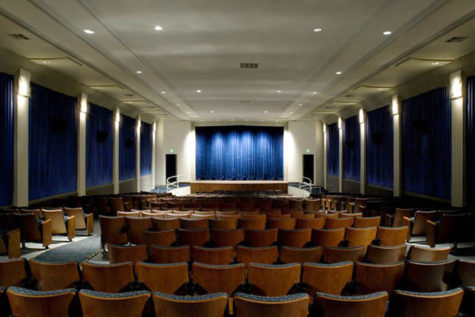
“You know that you’re going to something that is very special and that is a feeling that has never managed to fade away for me,” Limon said.
Limon said it’s easier to crave convenience in this day and age, but he will continue to champion independent cinemas and filmmakers long after the coronavirus pandemic, which he believes are the underdogs of the industry. Supporting these underdogs, Limon said, means supporting the bold stories that have the potential to break mainstream media.
“It’s a little bit of a cliche, but they say, ‘Fear the person with nothing left to lose,’” Limon said. “In this case, if you have a writer who has devoted everything into a screenplay that they believe might be some of the best work ever, they might also be in a position of which they’re at their lowest lows, so they invest everything into a story to be given an opportunity to have that story told.”
In Kenneth Bowser’s documentary, “Easy Riders, Raging Bulls,” New Hollywood actor Margot Kidder said that the production of stale studio pictures in the 1960s warranted the revolution that was to come.
In late 1960s France, two American journalists named David Newman and Robert Benton were exposed to the films of French independent filmmakers Jean-Luc Godard and François Truffaut. Films like Godard’s “Breathless” and Truffaut’s “The 400 Blows” were made with shoestring budgets, shooting on location, unconventional editing and more, which was the antithesis of Hollywood form at the time.
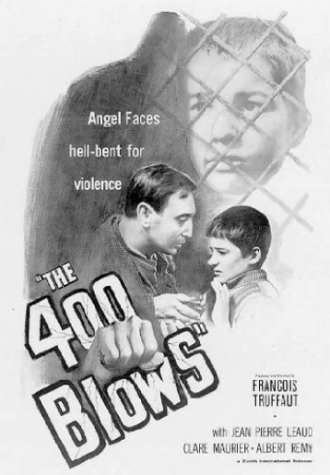
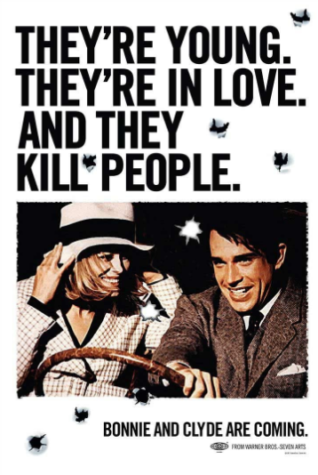
This French New Wave influenced Newman and Benton’s script for Arthur Penn’s “Bonnie and Clyde” in 1967, which initiated New Hollywood and shaped the films of the decades to come. A daring feat in contrast with Golden Age Hollywood cinema, “Bonnie and Clyde” challenged the notions of heroes and the classic film form.
With the release of New Hollywood’s first independent picture, Dennis Hopper’s “Easy Rider,” studios were prompted to subsequently release films like John Schlesinger’s “Midnight Cowboy” due to the bankability of these irreverent, yet identifiable, pictures.
The trend continues today with independent film studios like A24, Annapurna Pictures and Film4 Productions. Their films found a place to call home in the Art Theatre.
As of February, coronavirus cases, deaths and hospitalizations have decreased and van Dijs’ hope for reopening in 2021 endures.
“I don’t know about any arthouse theaters like ours, but I believe that the content that we show, documentary, independent, foreign and small films, will continue to be made,” van Dijs said. “I think that a lot of people are going to distribute those films straight to home distribution, but I think a lot of those filmmakers will say, ‘No, I want to go to a theater because that’s how I grew up watching films and that’s how I grew up dreaming of my films to be shown.’”
To make a donation to the Art Theatre, visit arttheatrelongbeach.org




